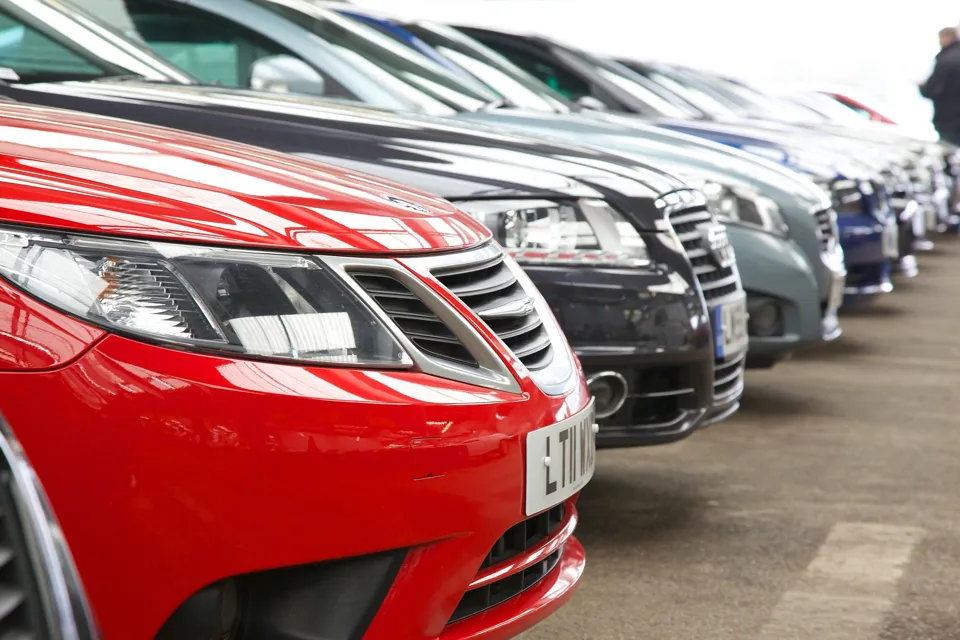Strong demand for used vehicles, compounded by ongoing supply restrictions in the new car market, have driven growth in retail prices across the board last month.
Data from the Auto Trader Retail Price Index shows the average retail value of a used car was £17,654 in February, which represents a 1.3% increase on a year-on-year (YoY) and a like-for-like basis. It marks the 35th month of consecutive YoY price growth.
The average retail price of a used car was £18,119 in January.
While down on last year’s record highs, it builds on the near record 32% YoY growth recorded in February 2022. By applying a longer-term view, it’s clear just how strong used car values currently are, having increased circa £4,000 since the start of the pandemic
There has also been a significant increase in new car recommended retail prices (RRP). In just five years, average RRPs have risen 43%, from an average of £27,305 in January 2018, to £39,038 in January 2023. Over the course of the pandemic, RRPs have risen 22% and in the last year alone have shot up 9%.
Auto Trader’s director of data and insight, Richard Walker, said: “The strong level of demand in the market, coupled with the ongoing shortfall in stock fuelled by the dearth in new car supply, is keeping second-hand car prices stable and supporting a healthy and profitable used car market. And with no indication of these dynamics shifting anytime soon, we remain confident for the months ahead.”
The level of new car stock available to buy in the UK remains circa 60% below the record levels recorded in early 2021 (before the market felt the impact of the worldwide shortage of semiconductors), but volumes have gradually improved over the last 12 months, increasing 31% YoY in February.
Auto Trader says it’s the brand-wide shift in the type of vehicles being sold over recent years which is fuelling new car price rises, however. Not only has the number of new car models available to buy in the UK increased over the last five years, but the mix of body styles and fuel types has changed significantly, shifting towards more expensive vehicles, such as SUVs and low emission cars.
As a proportion of the total new car derivatives available in the UK , the proportion of the more expensive electric cars has increased from 1% to 12% between January 2018 to January 2023, while petrol hybrids have grown from 2% to 14%. Conversely, in January 2018 diesel accounted for 46% of the total number of brand-new cars to buy, but today its shrunk to just 17%. And in terms of body types, SUVs have nearly doubled, increasing from 21% of all new cars to buy in January 2018, to 41% in 2023. Hatchbacks have fallen from nearly a third (31%) to just over one in five (22%) over the same period.
Running in parallel to these price increases, inflation has resulted in a significant rise in the cost of borrowing, with the Bank of England’s base rate increasing from 0.5% to 4.0% over the last year. This has been reflected in average new car APRs powering finance calculators on Auto Trader which have risen from 5.1% in January 2022, to 8.1% at the start of this year.
Walker added: “Given higher prices, lower discounts, and increased borrowing rates, retail demand for new cars softened during the closing months of last year. Reassuringly, however, along with the very positive momentum we’re tracking in the used car market, we’re seeing new car demand begin to pick back up. And so, despite the broader economic headwinds, we fully expect any increase in new car supply over the coming months will be met with healthy levels of consumer appetite. As we have consistently seen over the last few years, where there’s stock, there’s sales.”
Sue Robinson, chief executive of the National Franchised Dealers Association (NFDA), said: “Auto Trader’s data continues to promote the automotive retail sector with growing confidence. Used cars values have reported 35 consecutive months of year-on-year growth which is extremely positive for retailers that are continuing to capitalise on this. It’s fascinating to see the growth in new car recommended retail prices. Manufacturers are now reporting increased levels in stock production reaching forecourts, so it will be interesting to see whether this has any impact on prices over the coming months.”















Login to comment
Comments
No comments have been made yet.